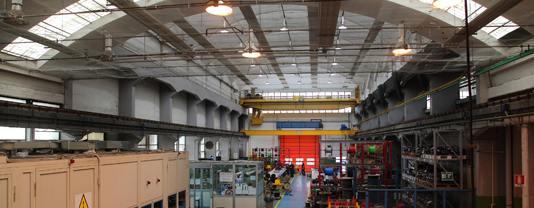Ten of the thirty driverless metros in the world have been built by Italian companies. Also the first to adopt ERTMS Level 2
Since 22 May 1843, when Ferdinand II of Borbone issued an edict by which the Pietrarsa Workshops on the outskirts of Naples (now the National Railway Museum), then known as the Reale Opificio (Royal Mill), was appointed to “build locomotives, as well as carry out repairs and meet the needs of the locomotives themselves, the carriage accessories and wagons that will travel along the new Naples-Capua railway line“, the Italian railway industry has made great leaps forward, leading it in many cases to excel on an international scale. One need only think of the first experiments in line electrification in Valtellina and the subsequent decision to electrify the line crossing the Giovi pass (still connecting the Port of Genoa to the industrial cities of the Po Valley Plain to this day), which also led to the creation in 1906 of the E550 electric locomotive, at that time a technological masterpiece. Or again, a few decades later, the construction of the ETR 200 electric trains, the direct ancestors of today’s high-speed rail, and the then holders (it was 1937) of the high speed record with 203 km/h being reached near Piacenza. Right up to the invention of the active tilting mechanism for trains which gave rise to the still very active family of Pendolino trains that operate all acrossEurope .
The Italian railway industry developed over the years, as indeed was the case in other European countries, in close symbiosis with the then State Railways, and only over the last few decades, with the radical change in the regulatory framework brought about by the European Union and the opening up to the market of a sector which until then had always been considered a “natural monopoly” it has evolved in order to tackle the challenges of global competition.
Full article is available only for registered users.
Click the link below to download pdf version of Railway Engineering
